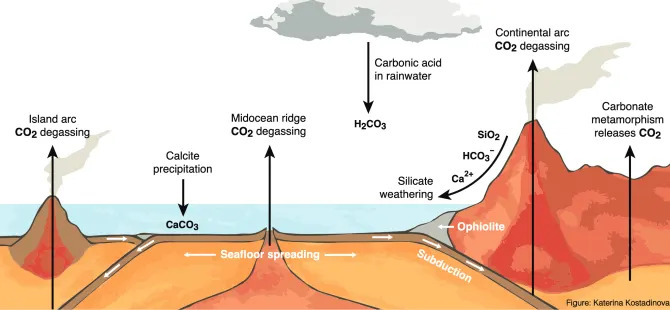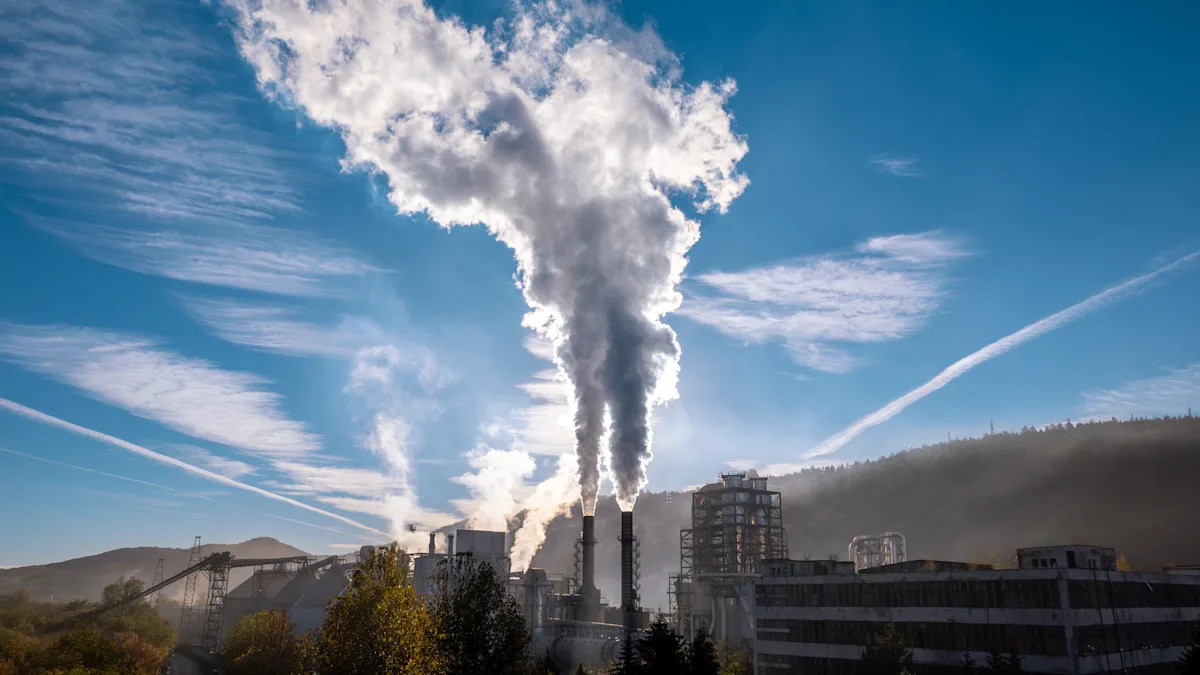We all want Earth to come to Earth’s rescue, revealing some long-dormant process that will undo our one-time mistake called the Industrial Revolution. We want it so much that stories of carbon sequestration, especially in the ocean, almost always generate exaggerated excitement.
Now, a new paper published in the journal Science argues (once again) that there may be a previously undiscovered carbon sink in the ocean—one that works much more quickly than the mechanisms already known. Best of all, it could be so powerful that it could completely eat the atmospheric carbon produced by humanity, so far.
The only problem is that “faster” is relative, and the proposed geological “thermostat” will still take about 100,000 years to fix our current predicament. In the meantime, we’ll still have to eat the consequences of that atmospheric carbon and come up with our own solutions.
The impact of this thermostat could nonetheless be quite extreme on geological timescales, completely changing the timing of large-scale events—including the next ice age.
Scientists had previously theorized that the Earth has a “lazy thermostat” system that responds to changes in CO2 levels by either sequestering or releasing carbon. It was called “lazy” because it worked very slowly. Despite the thermostat’s assumed existence, scientists believed that atmospheric carbon levels would delay the next cyclical ice age by tens of thousands of years.

silicate weathering cycle diagram
A simple diagram of carbon movement in the proposed silicate weathering cycle. Credit: NASA
If you’re left wondering whether the people who named the thermostat thought a thermostat was a device for storing heat, well, so am I.
Regardless, the mechanism behind the lazy thermostat is believed to be “silicate weathering,” or the fact that atmospheric carbon dioxide eventually gets absorbed into the ocean, evaporated into the atmosphere in water vapor, and then rained down in the form of carbonic acid. This erodes the silicate rocks that make up most of the Earth’s outer crust, neutralizing the acid and sequestering it into molecules that flow into the ocean. These settle to the bottom, becoming limestone and other long-term storage rocks. They can hold on to the carbon for millions and millions of years.
When carbon dioxide levels drop, causing the Earth to cool, this silicate weathering system cannot keep up with carbon release from things like volcanoes, which causes carbon to build up and the atmosphere to warm. It’s exactly the sort of temperature buffering system we’d want the Earth to have; it just works on massively longer time scales than human life.
The paper argues that the newly proposed quick thermostat can be seen in the historical carbon record and must exist to explain some of the observed rapid swings in atmospheric levels. The researchers propose a new mechanism related to the release of phosphorus in warmer climates, which promotes the growth of phytoplankton and other simple photosynthetic organisms that fix carbon from the air, then die and settle to the bottom.
This biologically driven carbon sink could be a massively quicker response than the weathering of silicate rocks, but it is still too slow for us to hope it will save societies as we know them. That task will still fall to us and our children.

